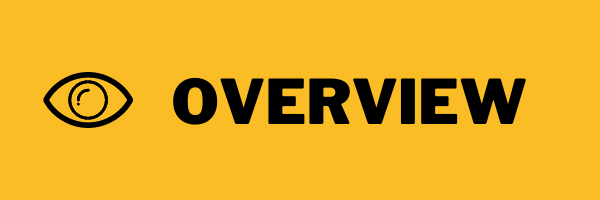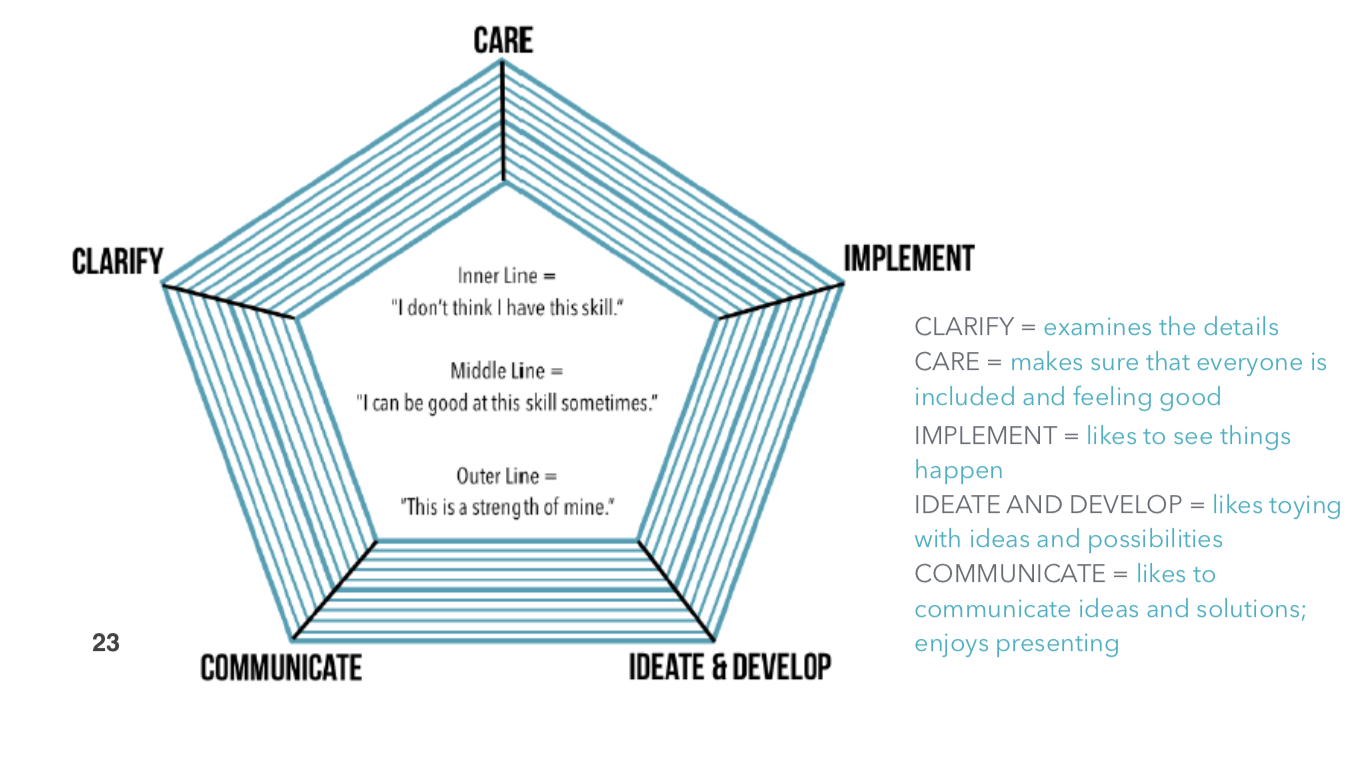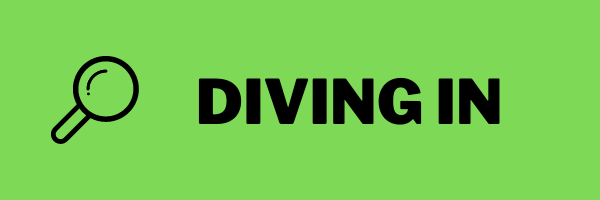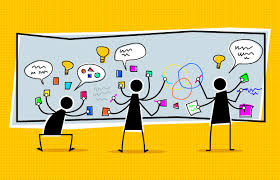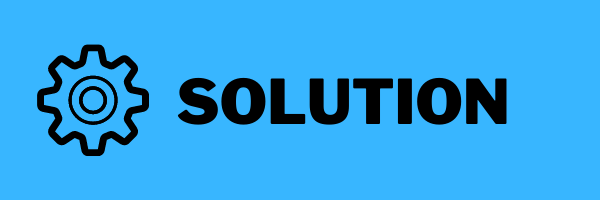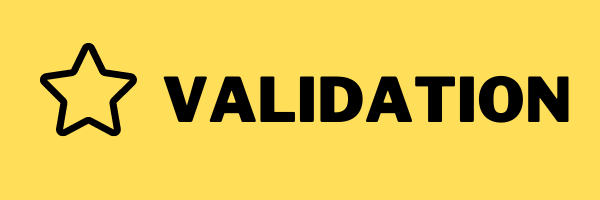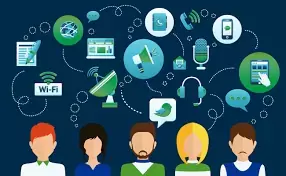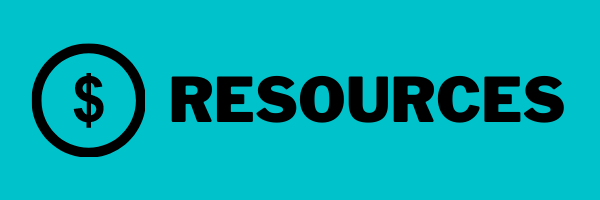Communication for Multi-language Learners
By: Susan VanTimmerman
By: Susan VanTimmerman
Project at a Glance :
This project is designed for high school students, identified through the WIDA test, who are at risk of not passing classes independently. The seminar class will be a graded course for high school credit that involves executive functioning skills, skills for success components, and self advocacy skills. The lessons will utilize education in these topics combined with additional language support through other content areas.
Driving Question:
How can students in Jenison, who speak two languages, improve communication pathways with school staff, or future employers?
|
Standards: Team / Culture Building:
Entry Event:
|
Stakeholders:
|
Incubation:
Checking in:
|
|
Solution Building:
|
Authentic Audience:
|
Click here for teacher's full plan.
Reflection and Feedback:
|
